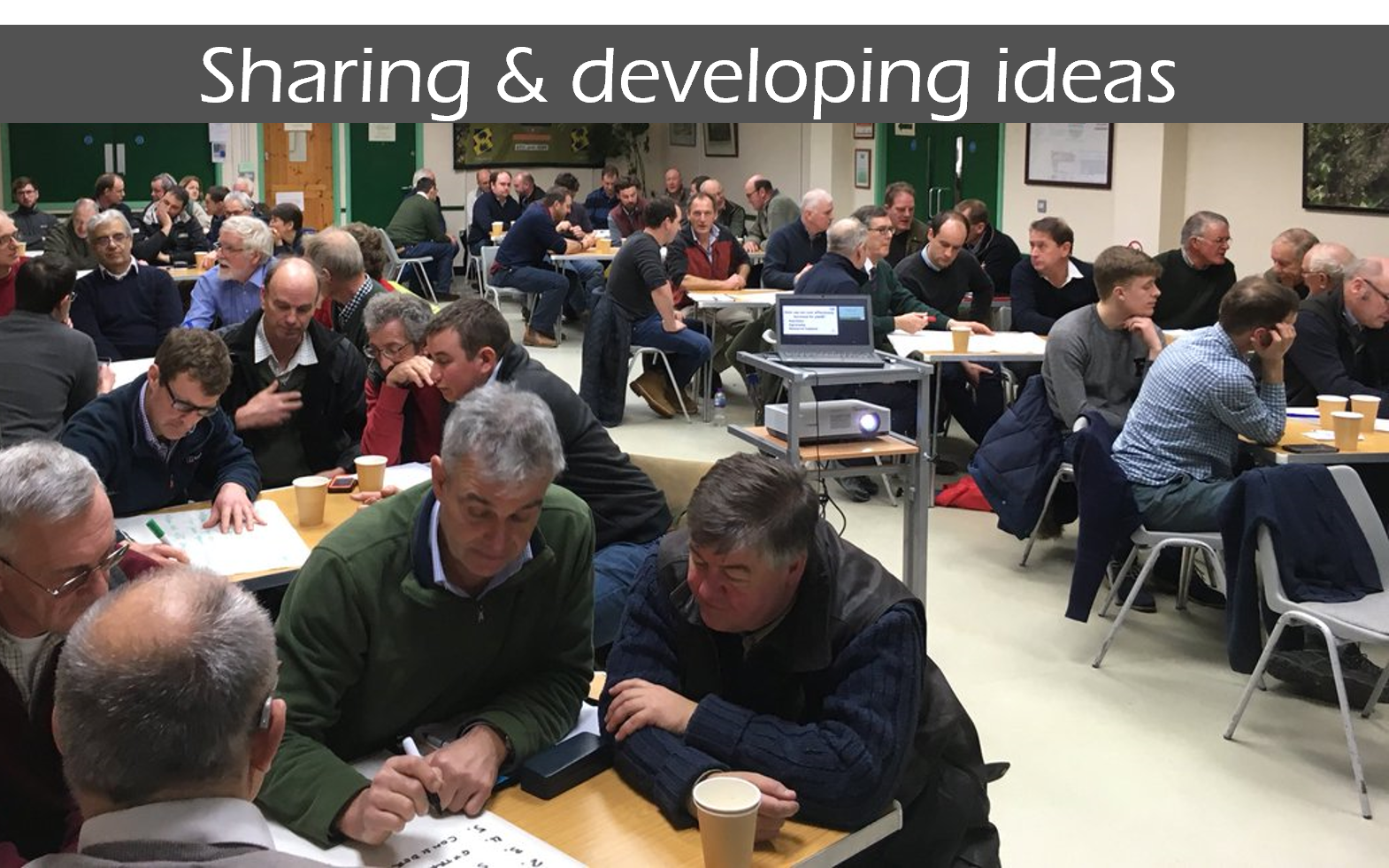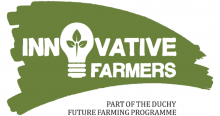Agricultural research and development (R&D) began long before research became the full-time concern of scientists. Since people began to husband and breed plants and animals, progress has arisen from ideas and reasoning about the accumulated experience of the 'farmers' and their dependent societies. To a significant extent, all farms continue to make progress in this way. So farm-centric R&D is habitual and inherent in farming, even though it largely remains informal, unrecorded, and often unreliable.
Beyond this inherent R&D within normal farming processes, many agricultural issues have, since the 19th-century, come to be addressed by more formal, specialised research which has increasingly become separated from farming, to the extent that agricultural researchers and farmers now commonly operate in ignorance of each other's prime concerns. As a reaction to this separation, interest in farm-centric research is re-emerging in many global regions (Lacoste et al., 2022). Modern farm-centric research has yet to develop the common global approaches, societies, or communications that would establish its value and widespread recognition; its approaches remain diverse (Lacoste et al., 2022) and its findings remain largely farm-specific, hence diminutive.
The huge uncertainties in farming generally dictate that an appropriate level of confidence in any conclusion from farm-centric research can only be derived from extensive replication of observations or experimentation across multiple farms and/or production cycles. Effective farm-centric research, therefore, involves a significant element of social cooperation; it is best conducted by groups or networks of farms. On-farm research also commonly merits involvement by experts in research-specific issues such as group facilitation, communications, hypothesis formation, experimental design, statistical analysis, and the biological or other science relevant to each specific research challenge.
The potential of farm-centric research to deliver trustworthy conclusions that address immediate farming challenges has been enhanced by the emergence of many digital tools and communication channels. However, the need for digital infrastructure to support farm-centric research has hardly been recognised yet. FarmPEP is one attempt to contribute to this infrastructure. FarmPEP invites and encourages you and all protagonists to add links to other relevant knowledge and infrastructure here.











